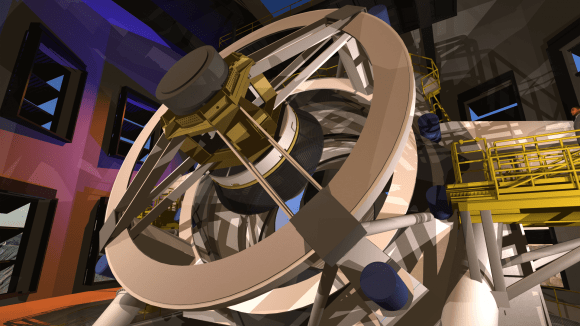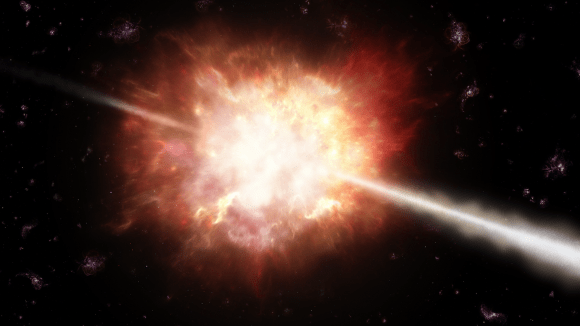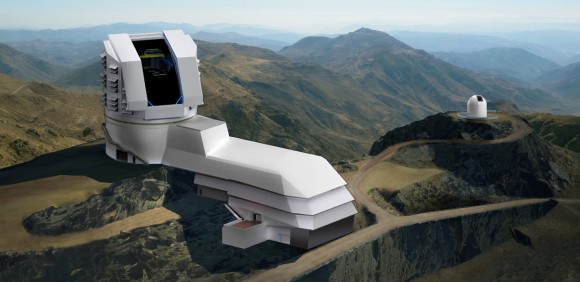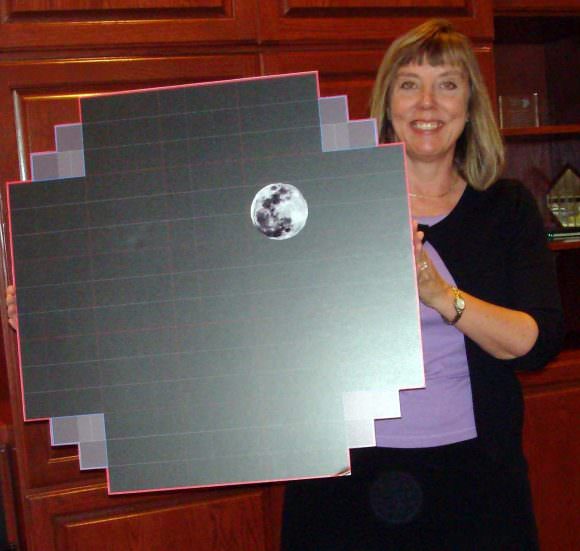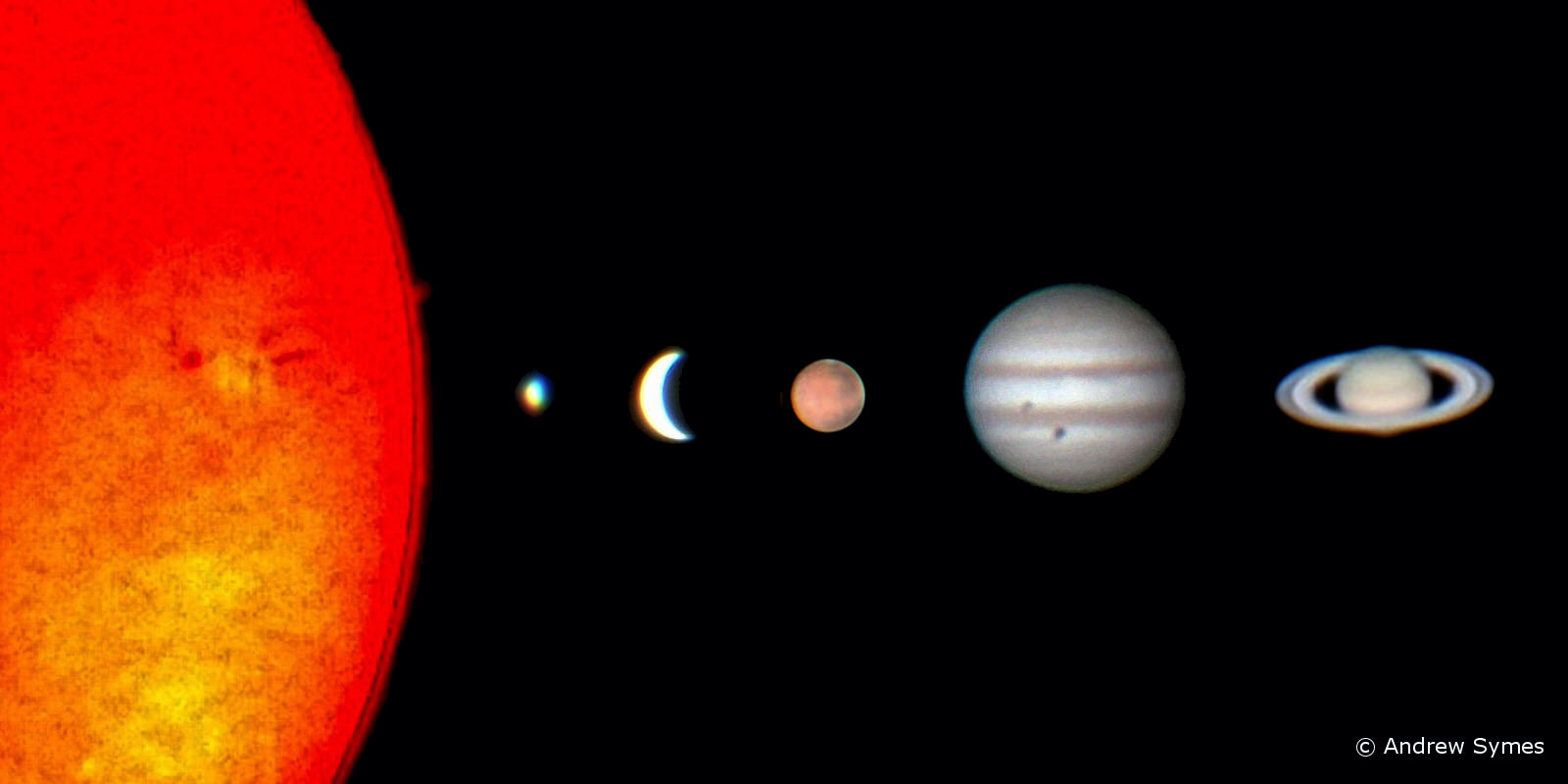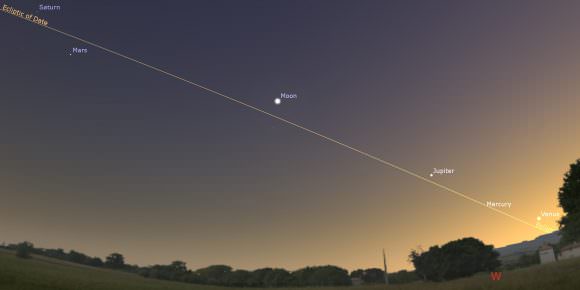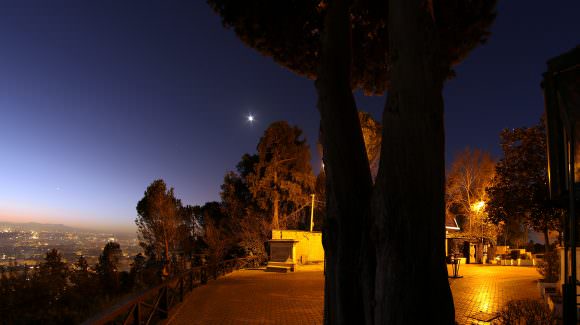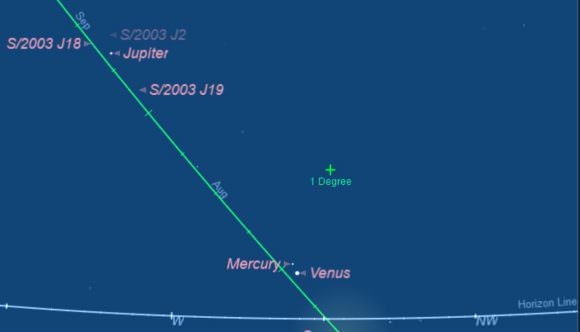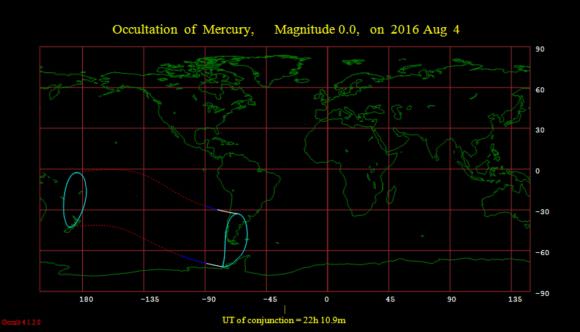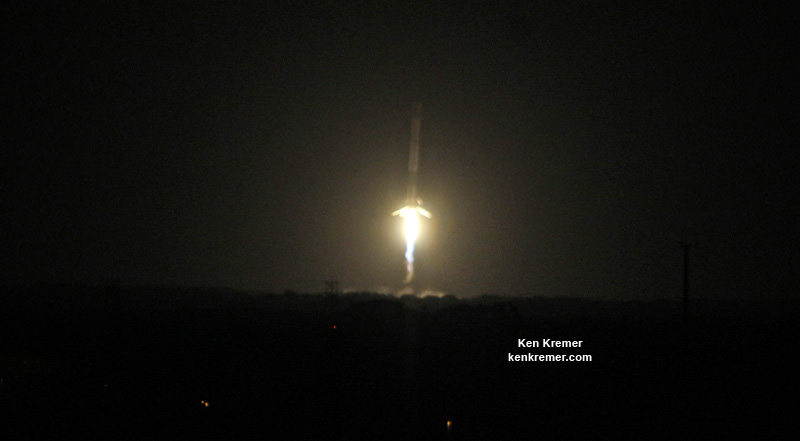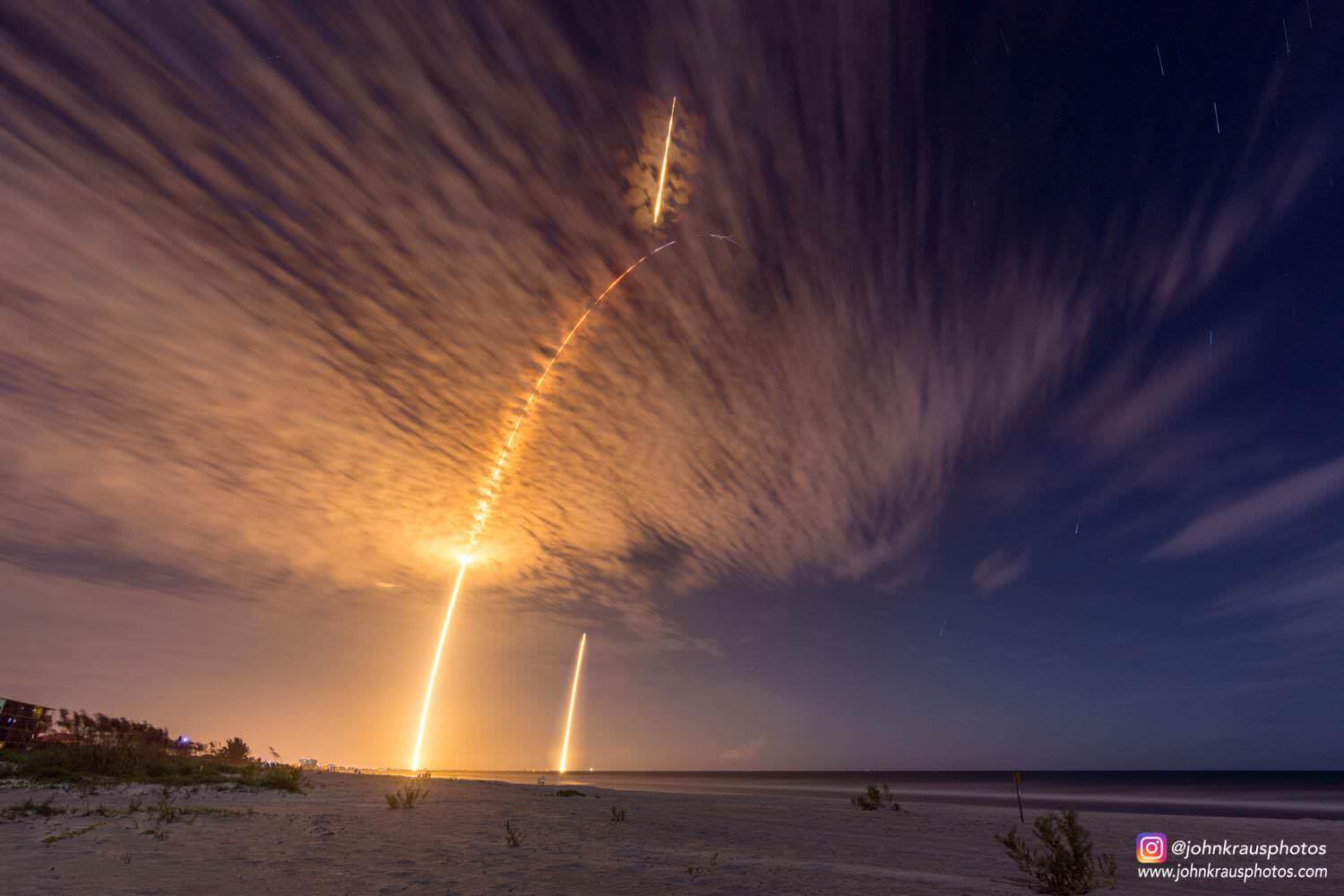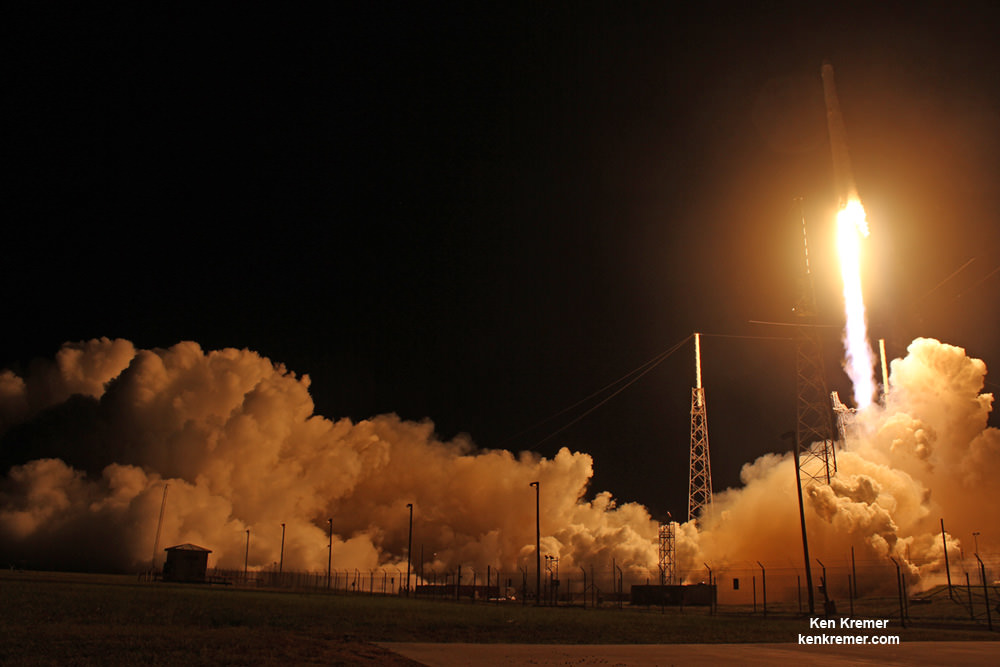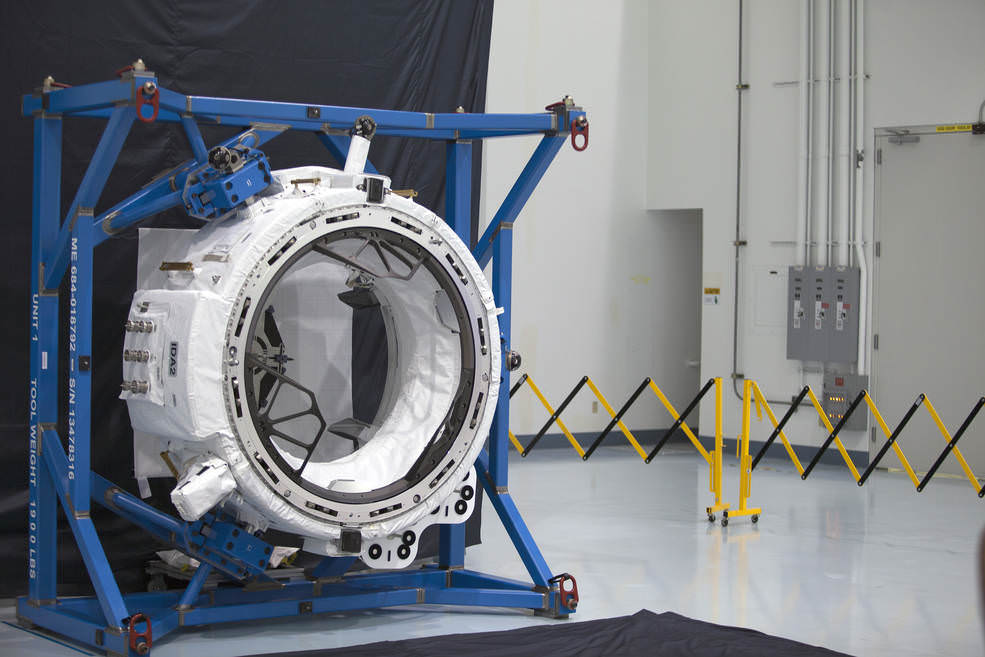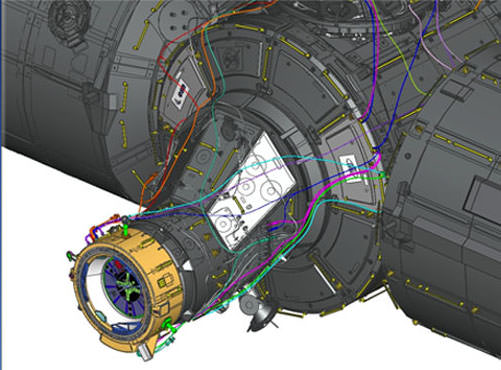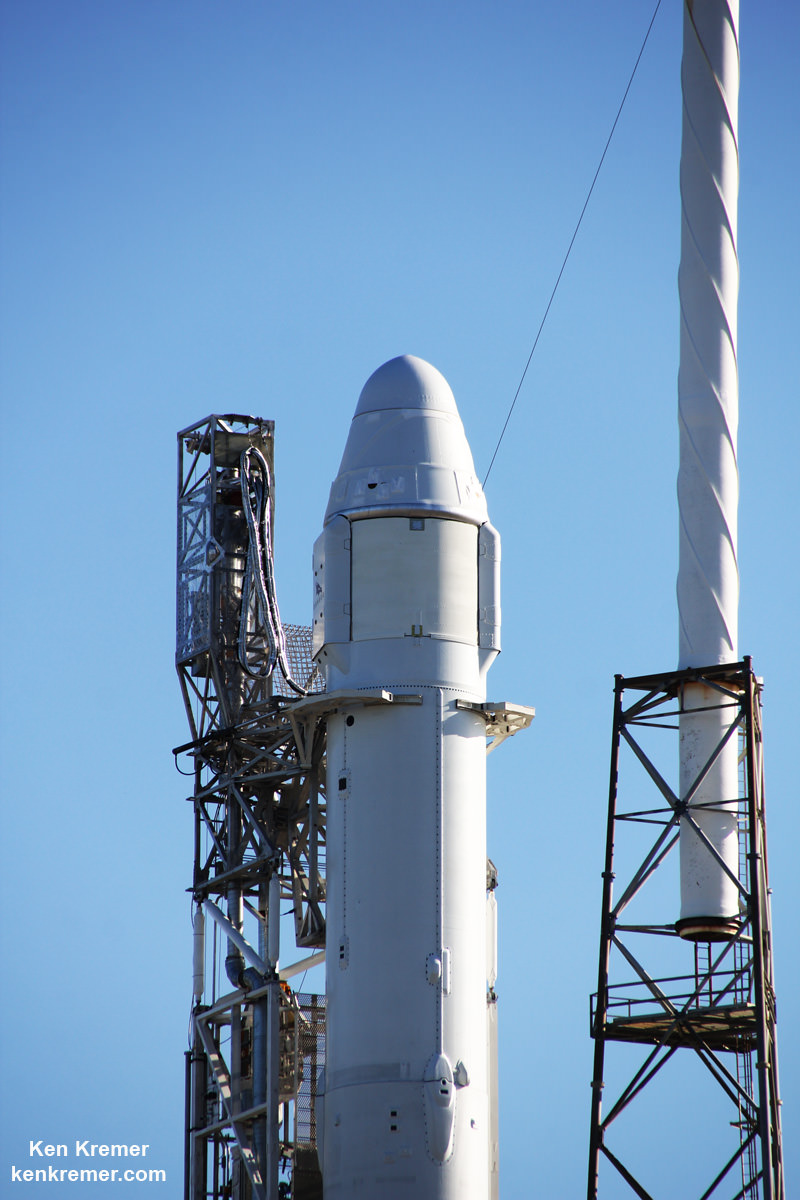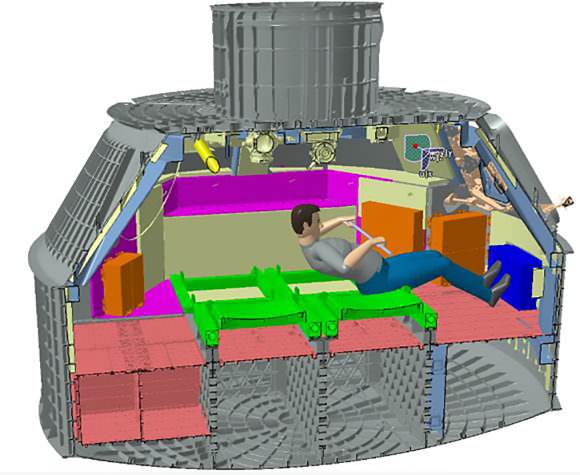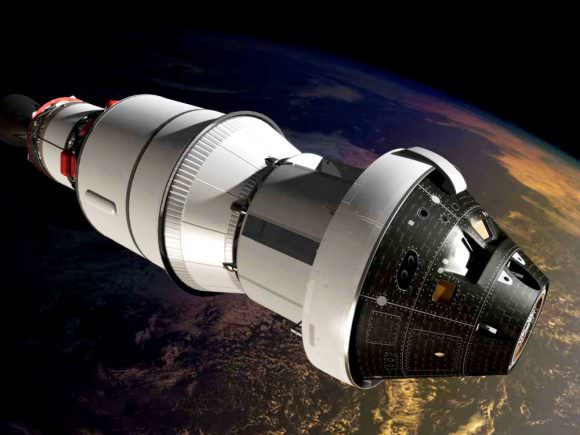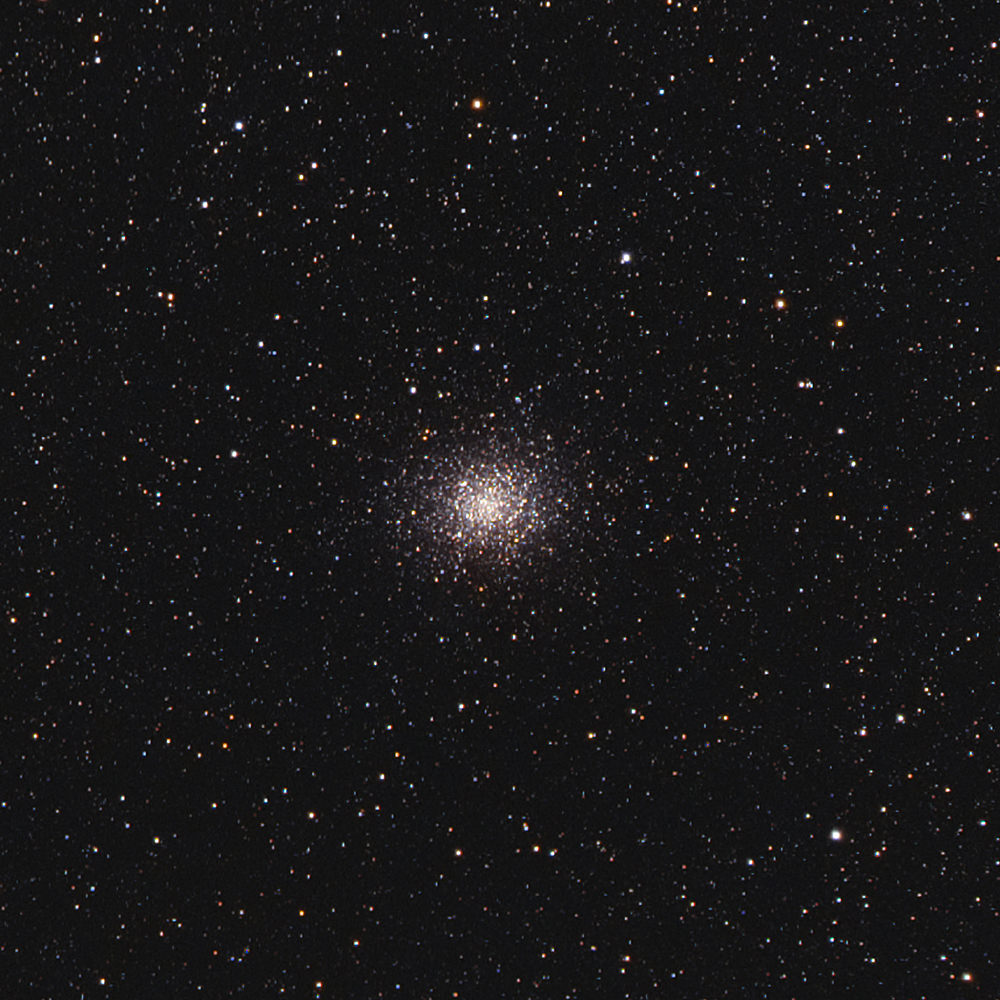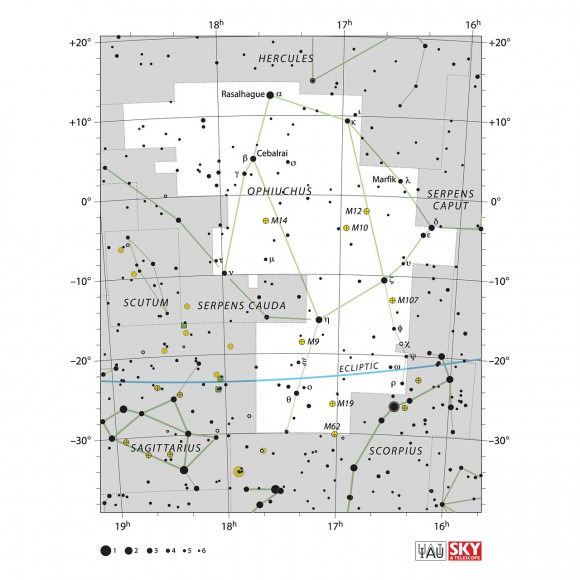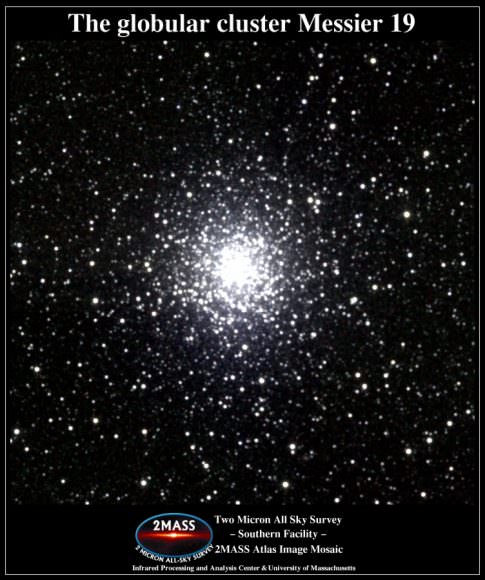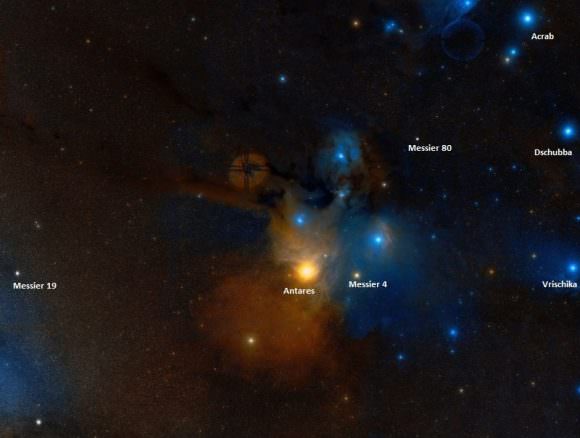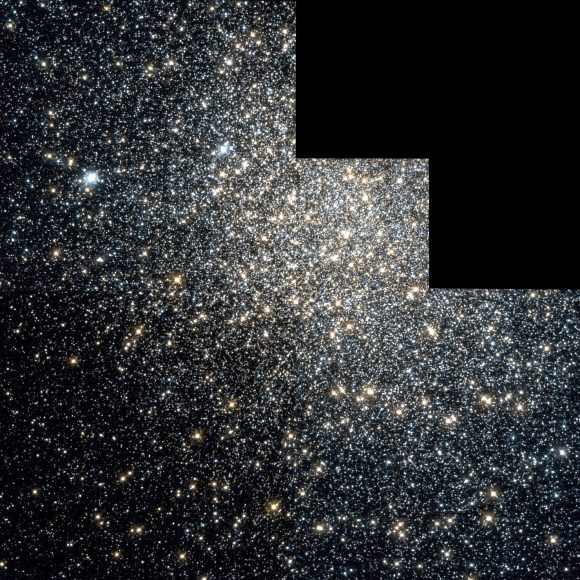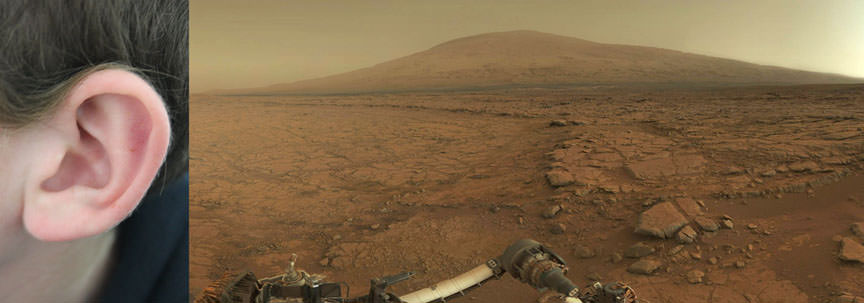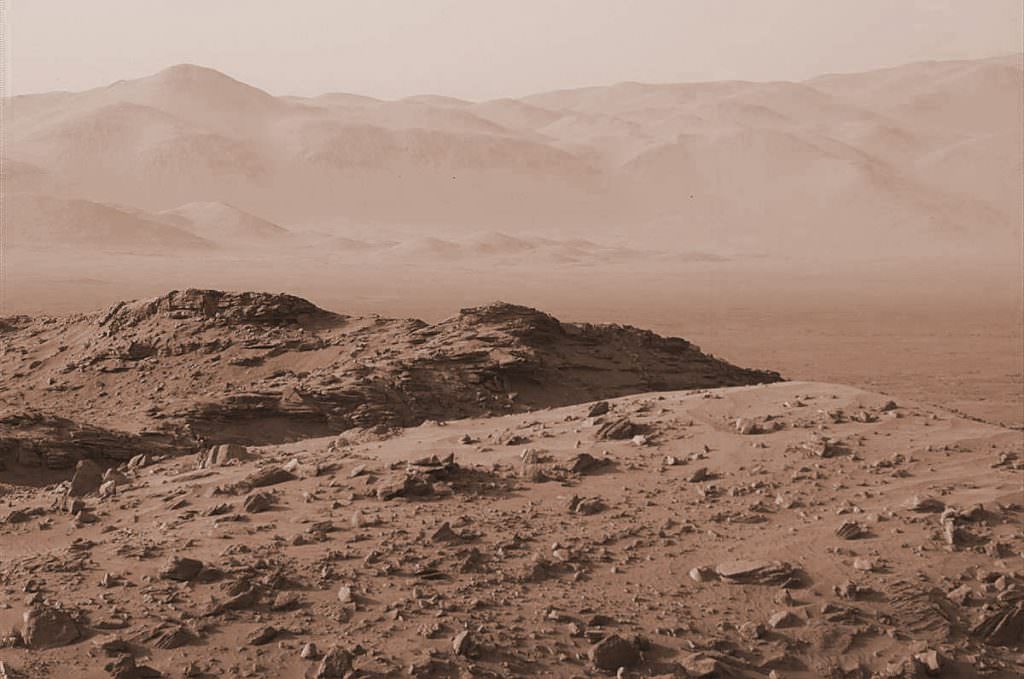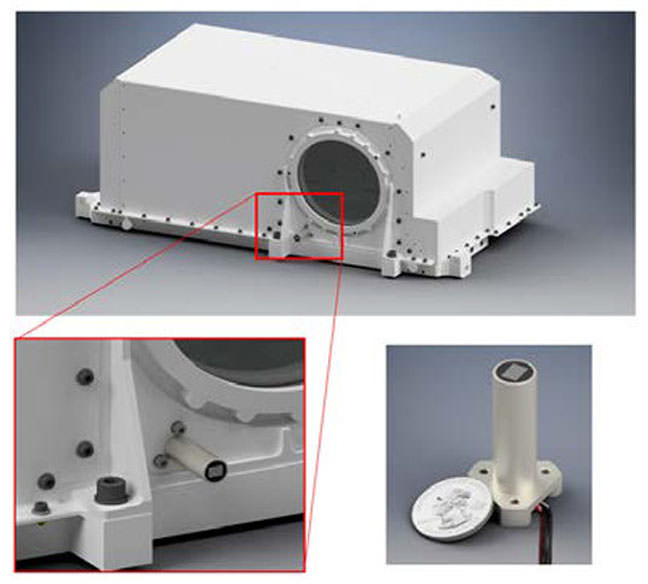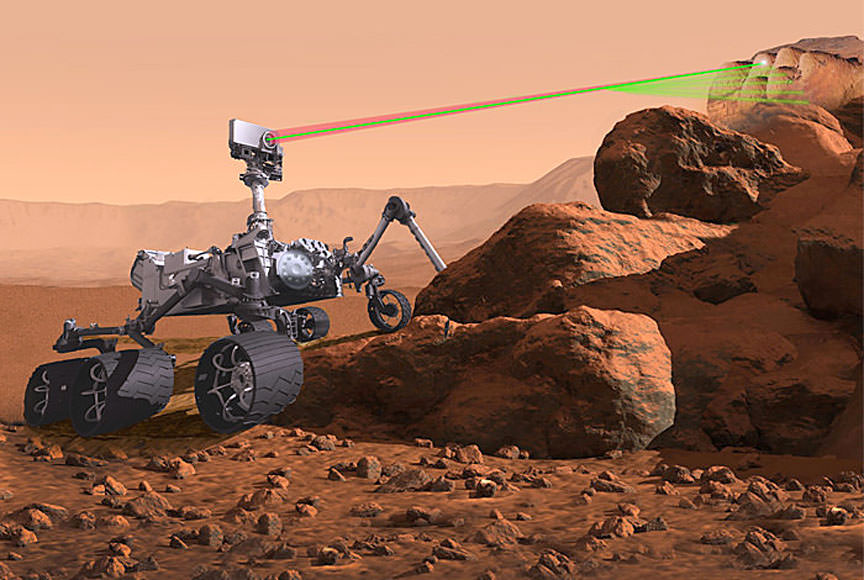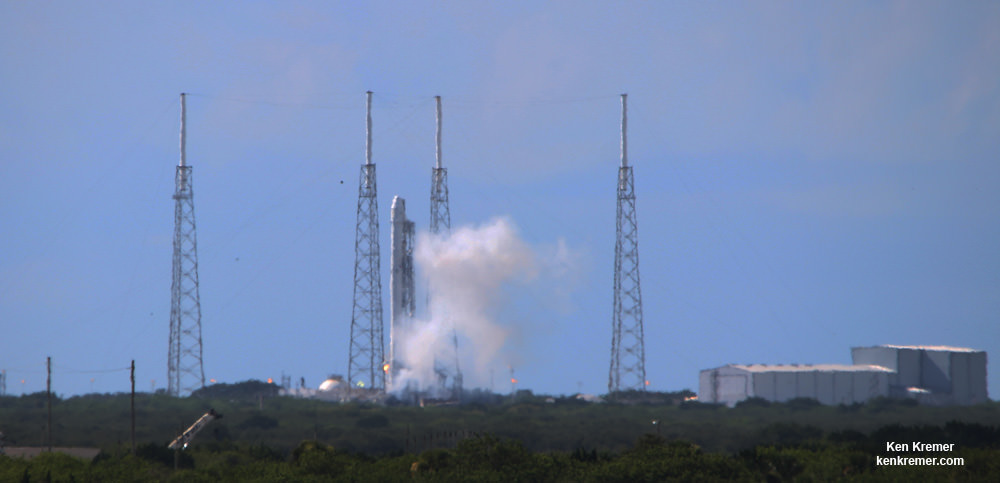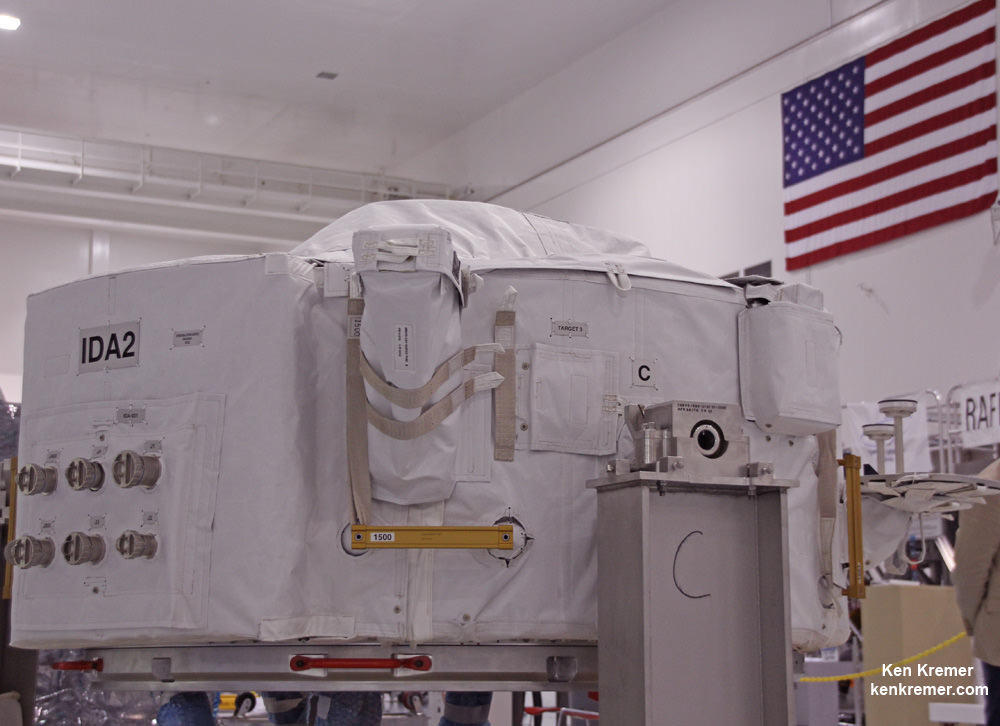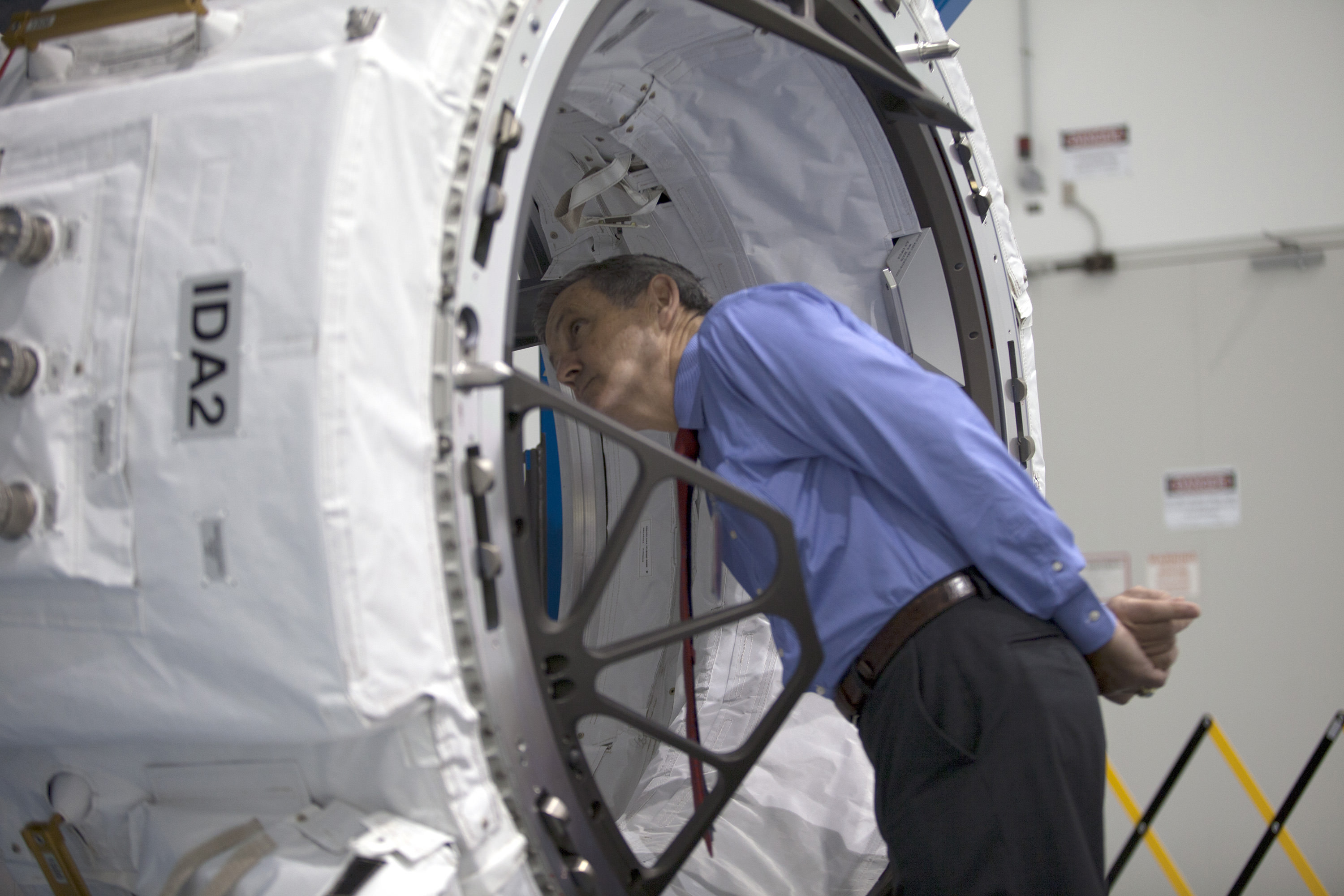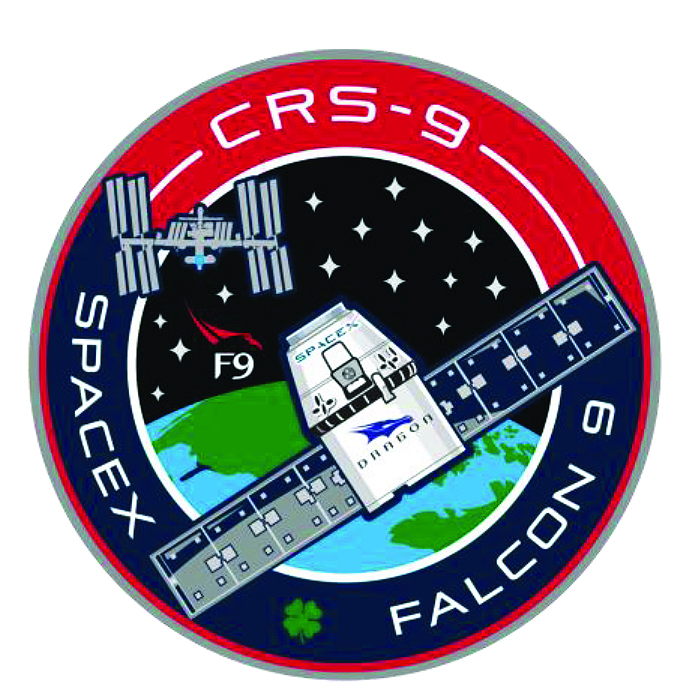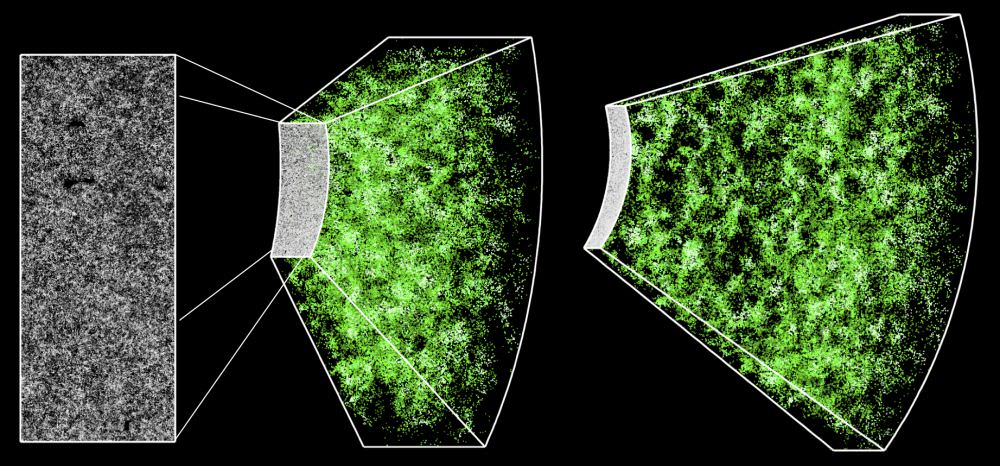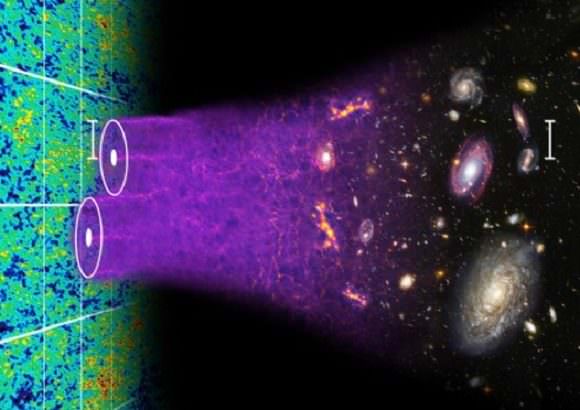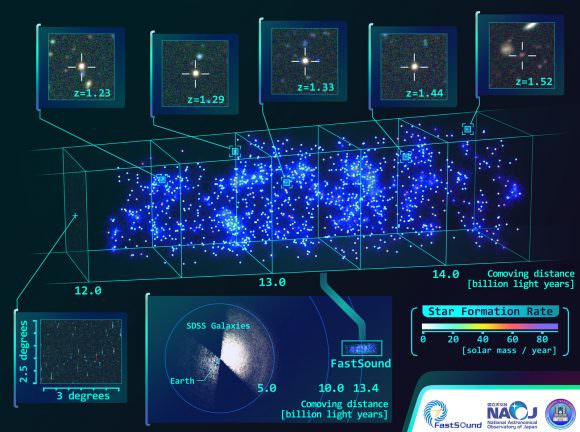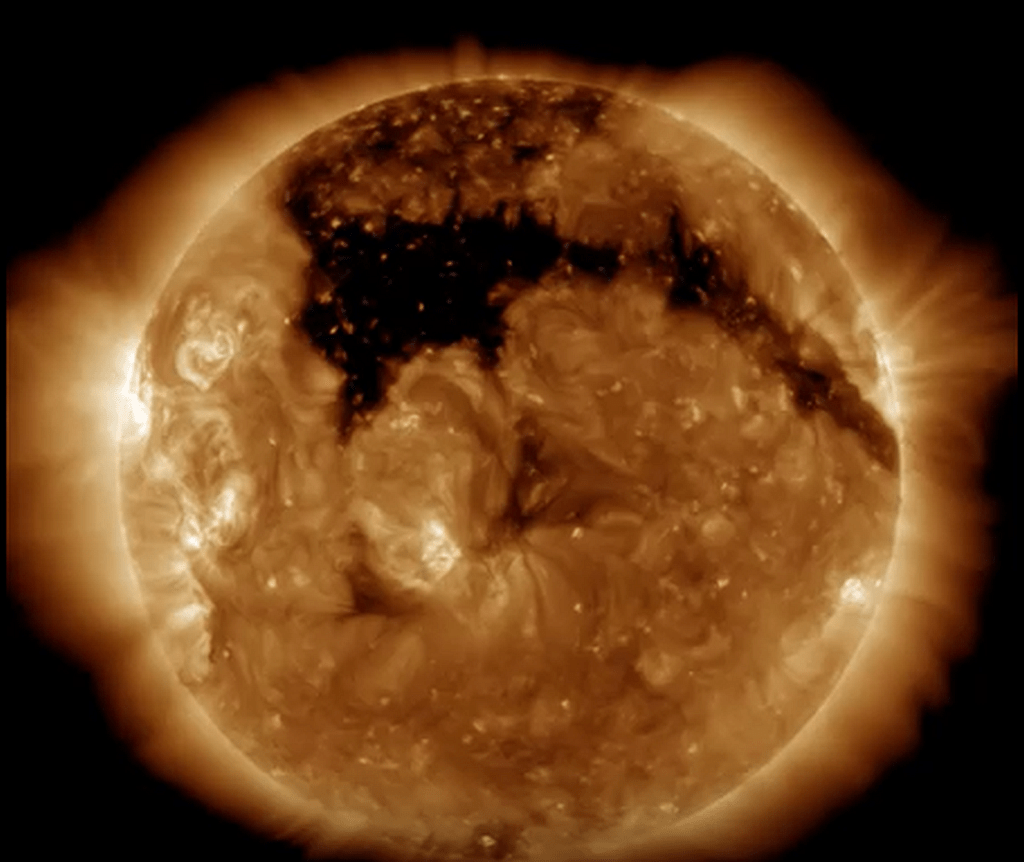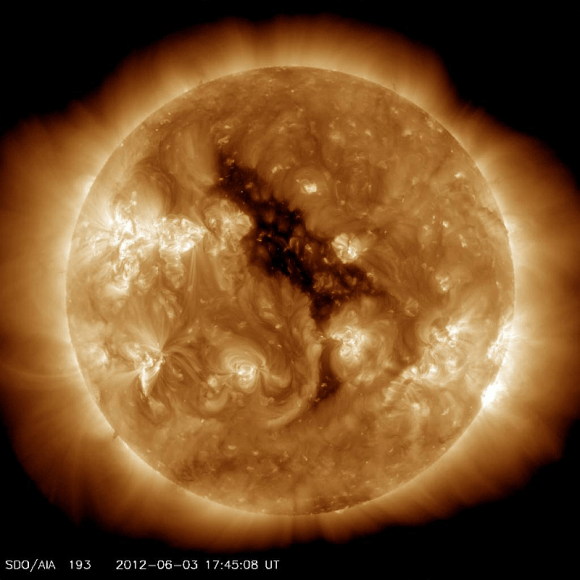Venus is often refereed to as “Earth’s sister planet”, thanks to the number of things it has in common with our planet. As a terrestrial planet, it is similarly composed of silicate rock and metals – which are differentiated between a metal core and a silicate crust and mantle. It also orbits within our Sun’s habitable zone, and had a similarly violent volcanic past.
But of course, there are also some major differences between our two planets. For one, Venus has an atmosphere that is incredibly dense (92 times that of Earth, in fact) and reaches temperatures that are hot enough to melt lead. In addition, the planet’s rotation is immensely slow by comparison, taking 243.025 days to complete a single rotation, and rotating backwards relative to Earth.
When discussing Venus’ rotation, it is important to note certain distinctions. Rotation is the time it takes for a planet to spin once on its axis. This is different from a planet’s revolution, which is the time it takes for a planet to orbit around another object (i.e. the Sun). So while it takes the Earth one day (24 hours) to rotate once on its axis, it takes one year (365.256 days) to revolve once around the Sun.

Orbital Period:
In Venus’ case, things work a little differently. For starters, it orbits the Sun at an average distance of about 0.72 AU (108,000,000 km; 67,000,000 mi) with almost no eccentricity. In fact, with its farthest orbit (aphelion) of 0.728 AU (108,939,000 km) and closest orbit (perihelion) of 0.718 AU (107,477,000 km), it has the most circular orbit of any planet in the Solar System.
The planet completes a revolution around the Sun every 224.65 Earth days, which means that a year on Venus last about 61.5% as long as a year on Earth. Evey 584 days, Venus completes an interior conjunction, where it lies between Earth and the Sun. It is at this point that Venus makes the closest approach to Earth of any planet, at an average distance of 41 million km.
Rotational Period:
Unlike most other planets in the Solar System, which rotate on their axes in an counter-clockwise direction, Venus rotates clockwise (called “retrograde” rotation). It also rotates very slowly, taking 243.025 Earth days to complete a single rotation. This is not only the slowest rotation period of any planet, it also means that a single day on Venus lasts longer than a Venusian year.
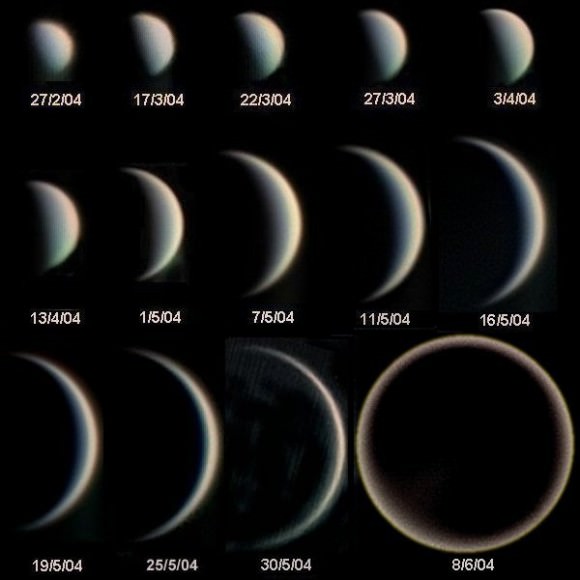
And, as noted earlier, Venus’ rotation is backwards, relative to Earth and the other bodies in the Solar System. Technically, this means that its rotational period is -243,025 days. It also means that if you could view the Solar System from the position above its celestial north pole, all of the planets (except for Uranus, which rotates on its side!) would appear to be rotating clockwise.
Venus, however, would appear to be rotating in a clockwise direction. Because of this, if you could stand on the surface of Venus, you would witness the Sun rising in the west and setting in the east. But you would be waiting a very long time to see this happen! Read on to find out why…
Sidereal vs. Solar Day:.
Another important thing to consider is the difference between a sidereal day and a solar day. A sidereal day corresponds to the amount of time it takes for a planet to rotate once on its axis, which in Venus’ case takes 243.025 Earth days. A solar day, by contrast, refers to the amount of time it takes for the Sun to reappear at the same point in the sky (i.e. between one sunrise/sunset and the next).
A Venusian (aka. Cytherean) Solar Day is the equivalent to 116.75 days on Earth, which means that it takes almost 117 days for the sun to rise, set, and return to the same place in the sky. Doing the math, we then see that a single year on Venus (224.65 Earth days) works out to just 1.92 Venusian (solar) days. Not exactly the basis for a good calendar system, is it?
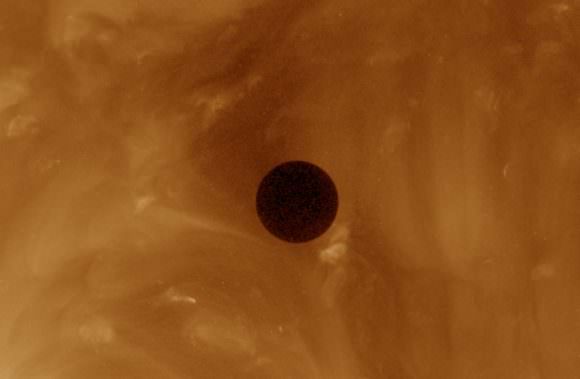
Yes, when it comes to the planet Venus, things work quite differently than they do here on Earth. Not only does a day last over half a year on our “Sister Planet”, but the Sun rises and sets on the opposite horizons, and travels across the sky in the opposite direction. The reason for this, according to astronomers, is that billions of years ago (early in the planet’s history) Venus was impacted by another large planet.
The combined momentum between the two objects averaged out to the current rotational speed and direction, causing Venus to spin very slowly in its current retrograde motion. Someday, if human beings colonize there (perhaps in floating cities) they will have to learn to get used to a day that lasts over 2800 Earth hours, not to mention sunrises and sunsets happening on the wrong horizon!
We have written many interesting articles about Venus here at Universe Today. Here’s Interesting Facts About Venus, How Long is a Day on Venus?, How Long is a Year on Venus?, What is the Average Surface Temperature on Venus?, New Map Hints at Venus’ Wet, Volcanic Past and Venus Compared to Earth.
Want more information on Venus? Here’s a link to Hubblesite’s News Releases about Venus, and here’s a link to NASA’s Solar System Exploration Guide on Venus.
We have recorded a whole episode of Astronomy Cast that’s only about planet Venus. Listen to it here, Episode 50: Venus.



